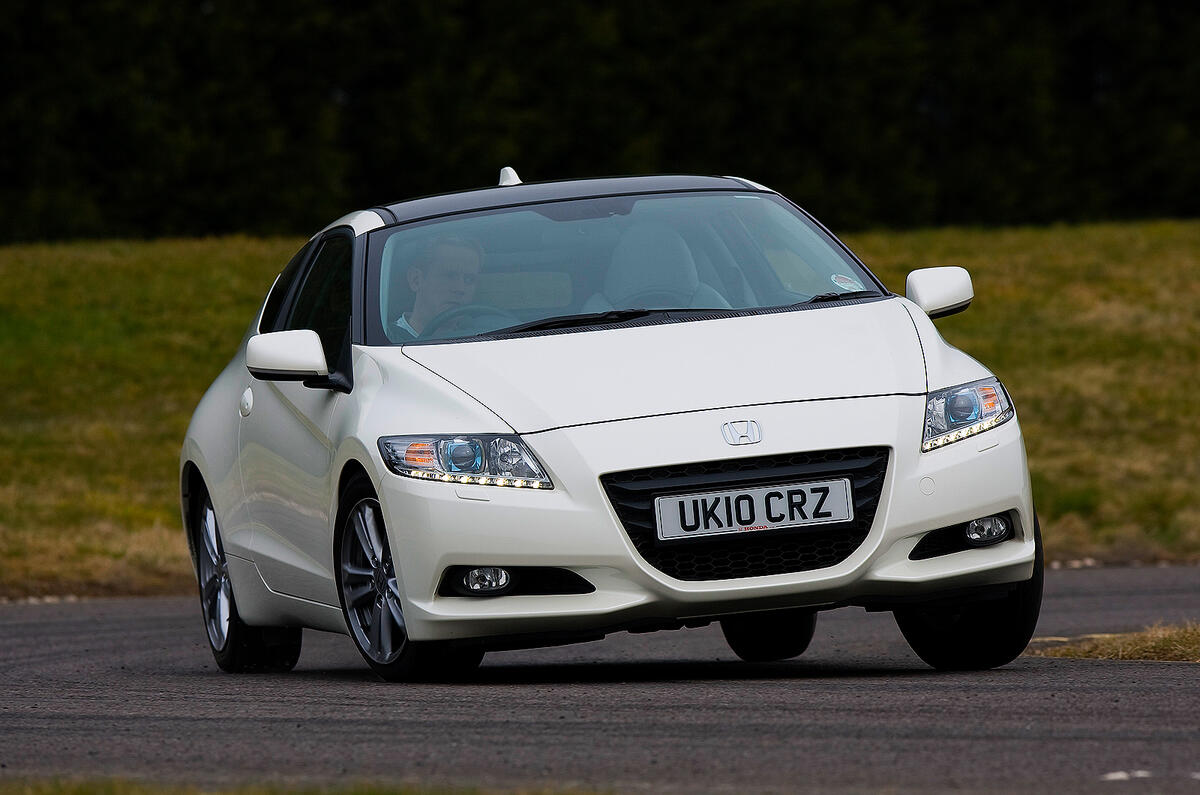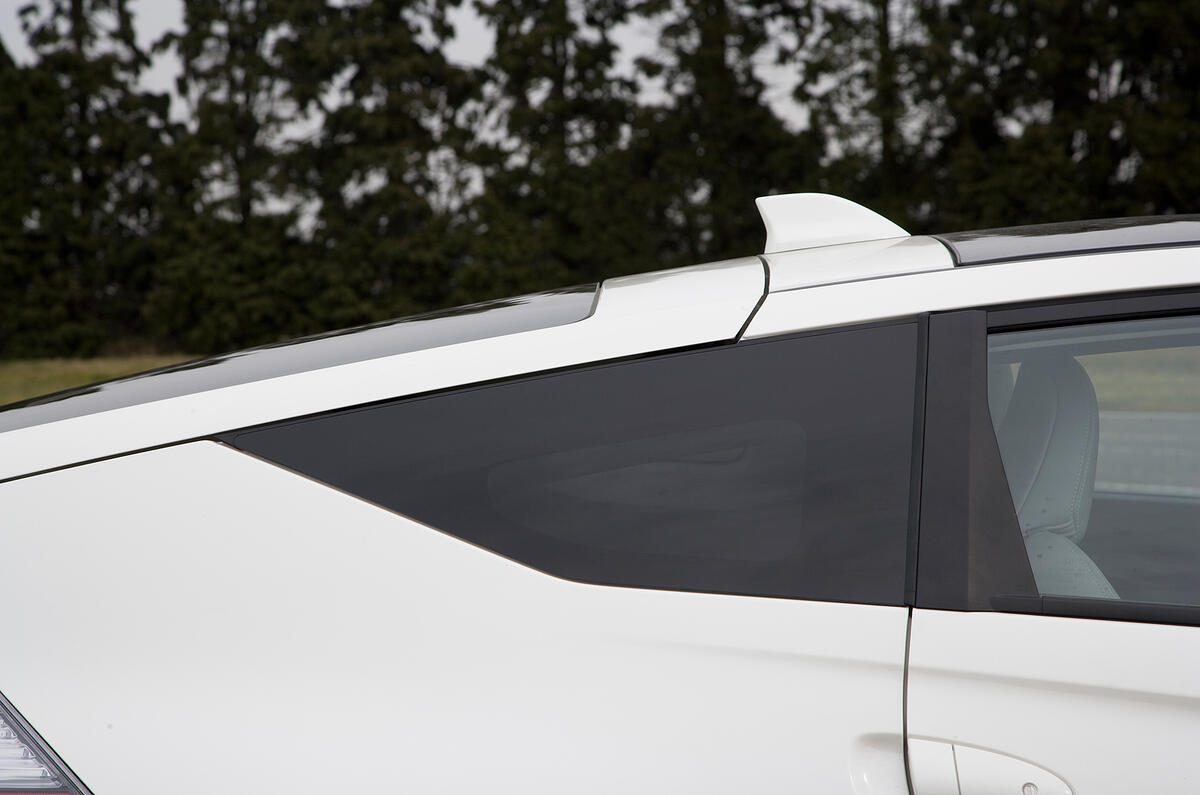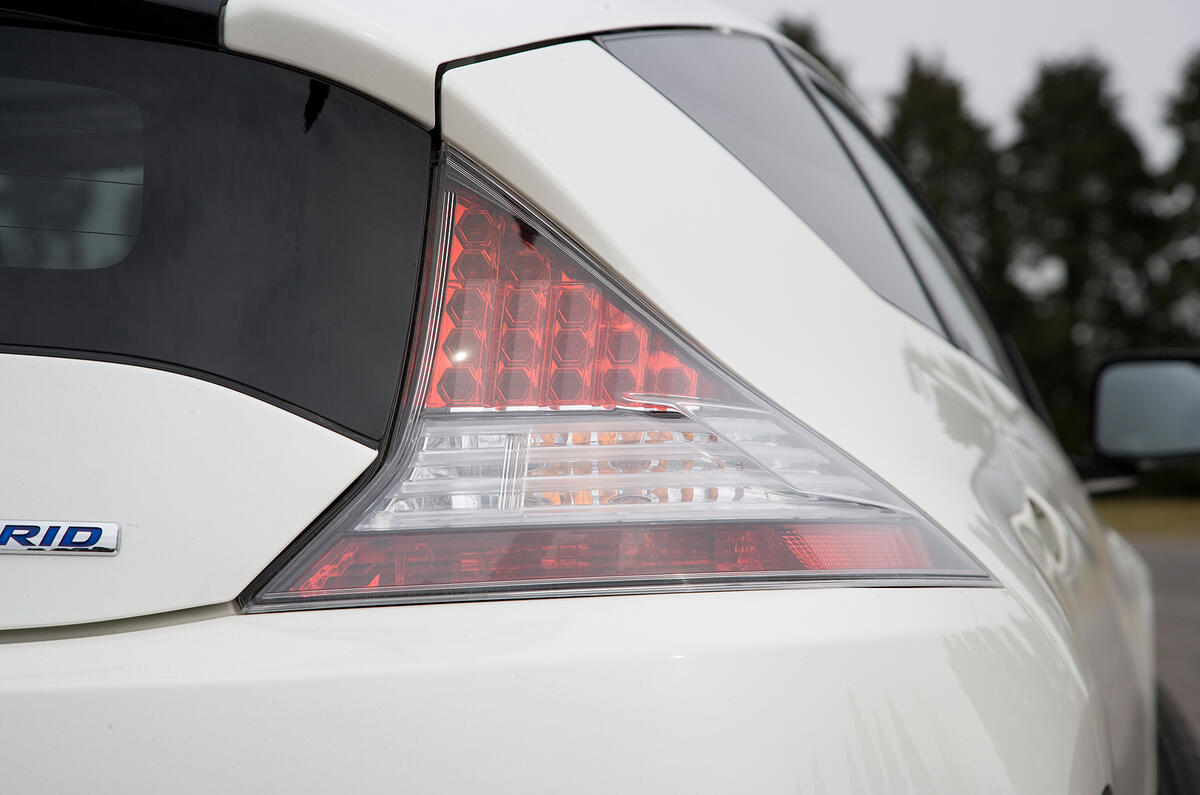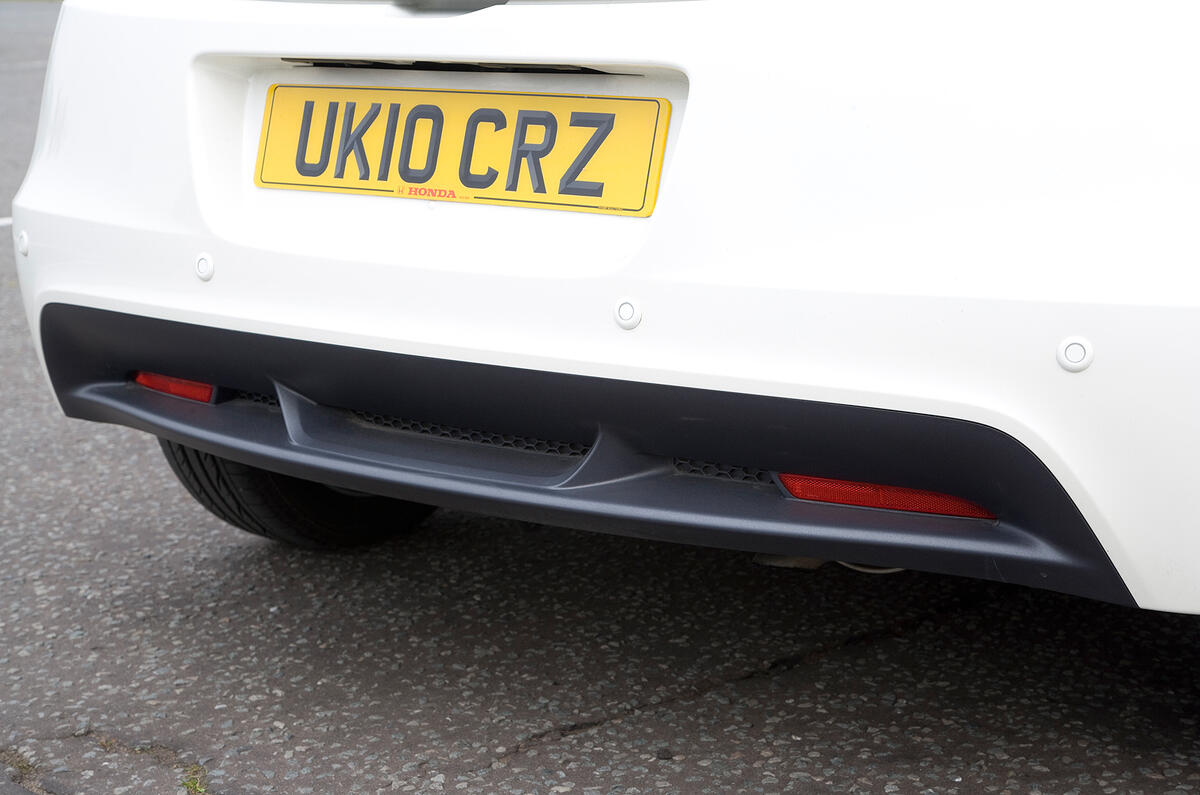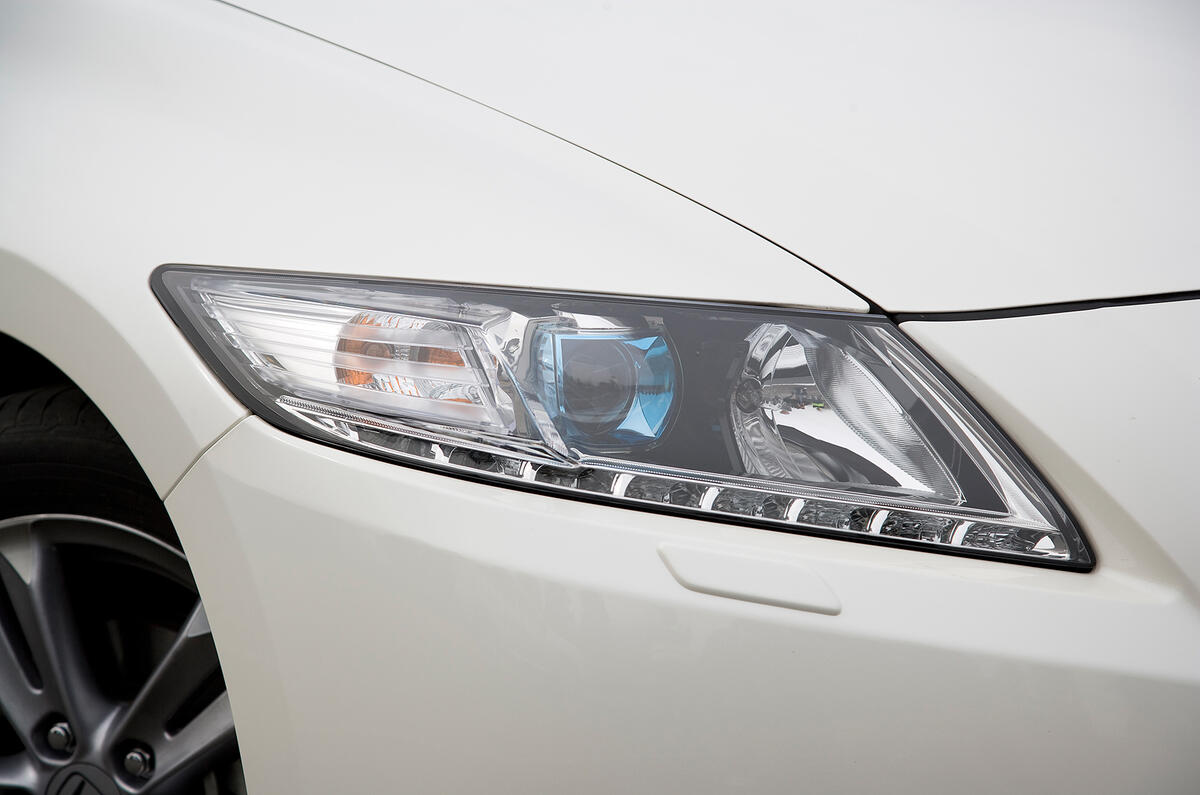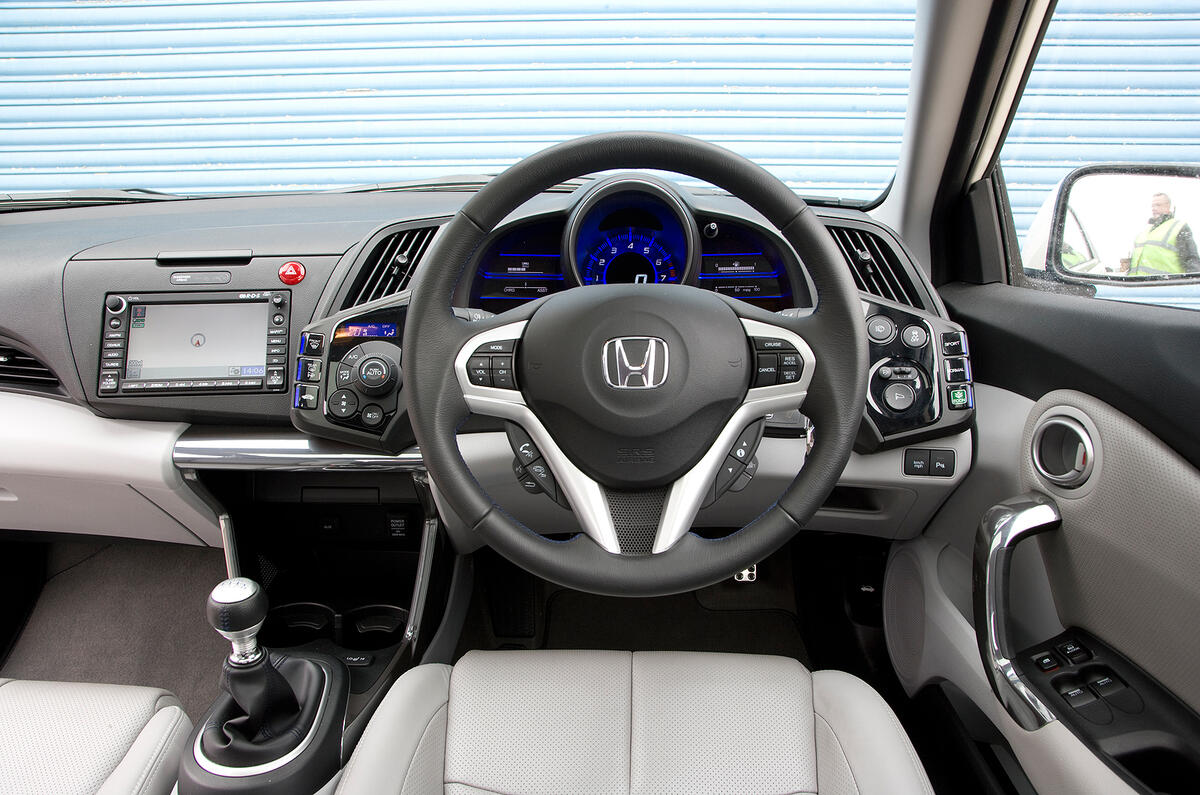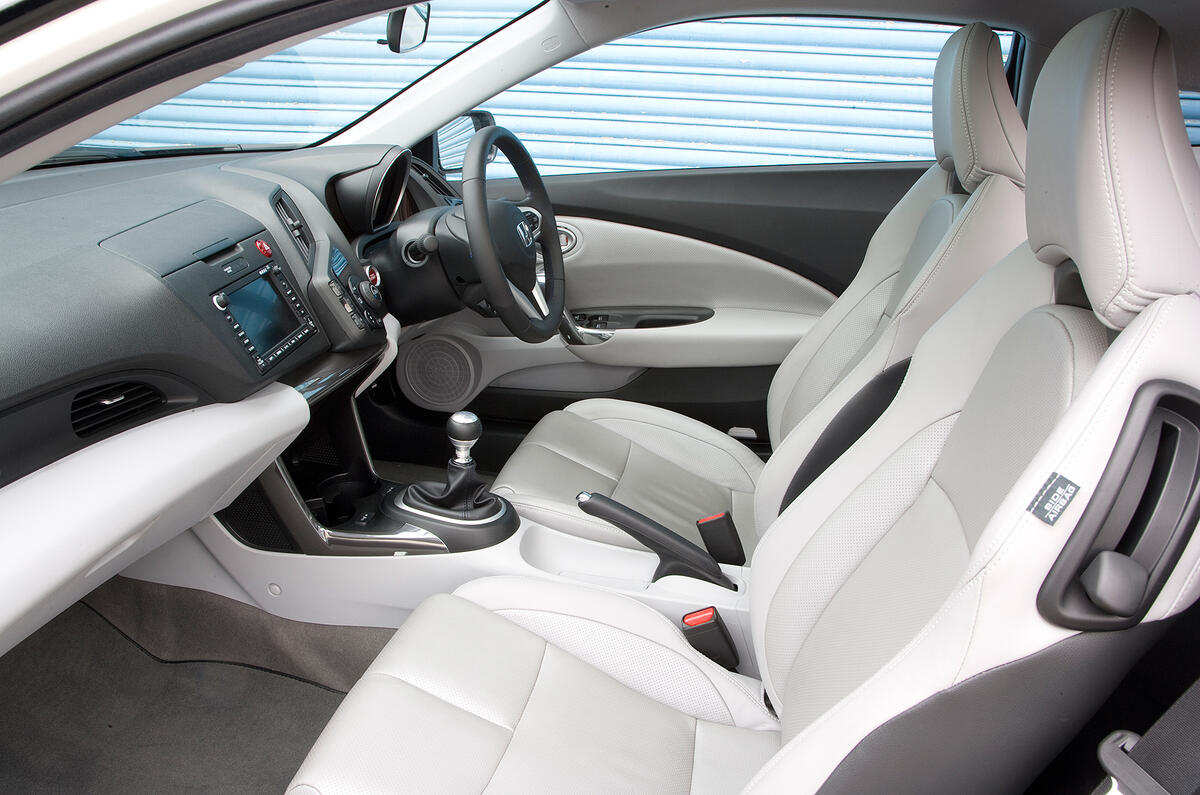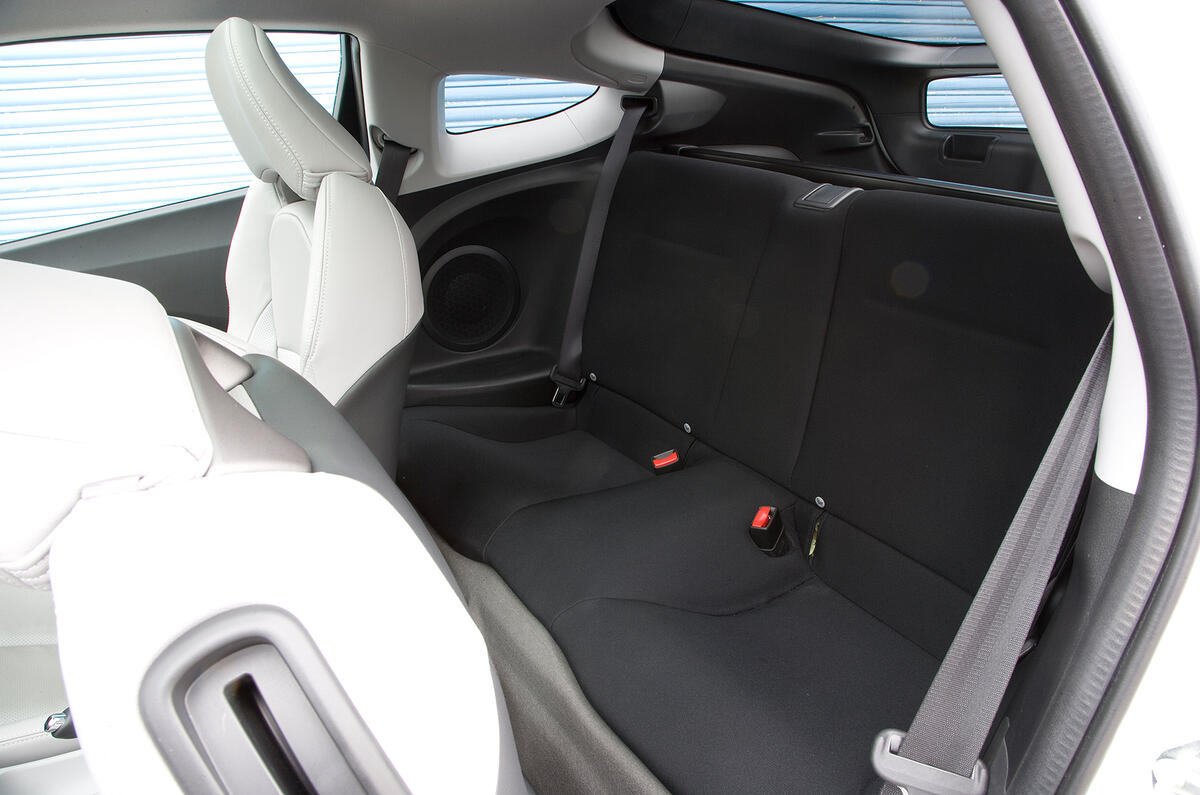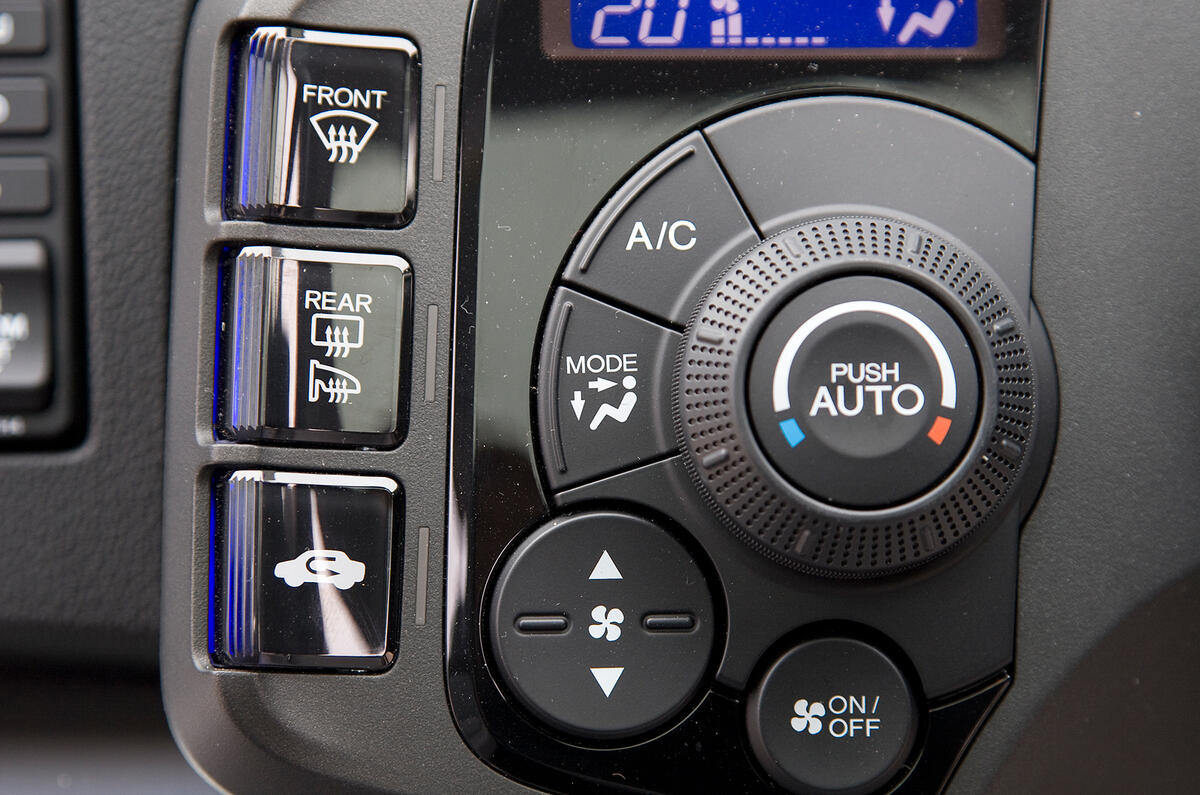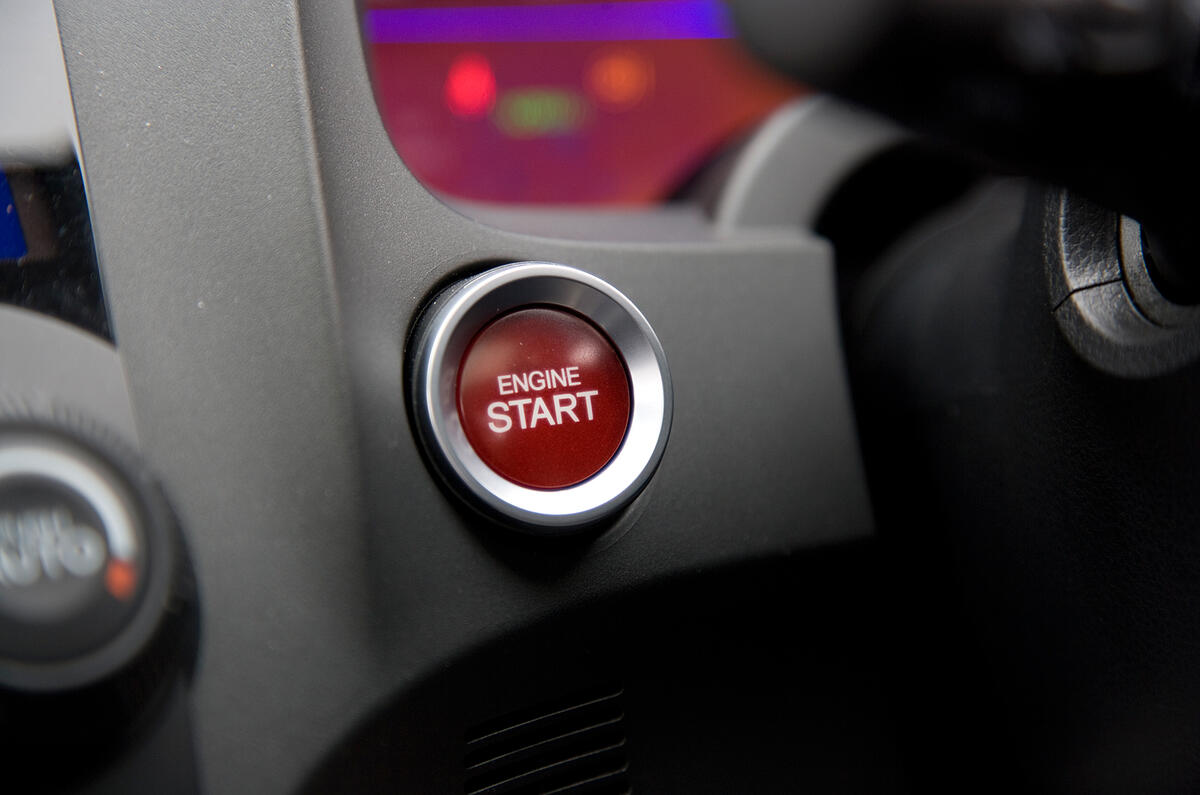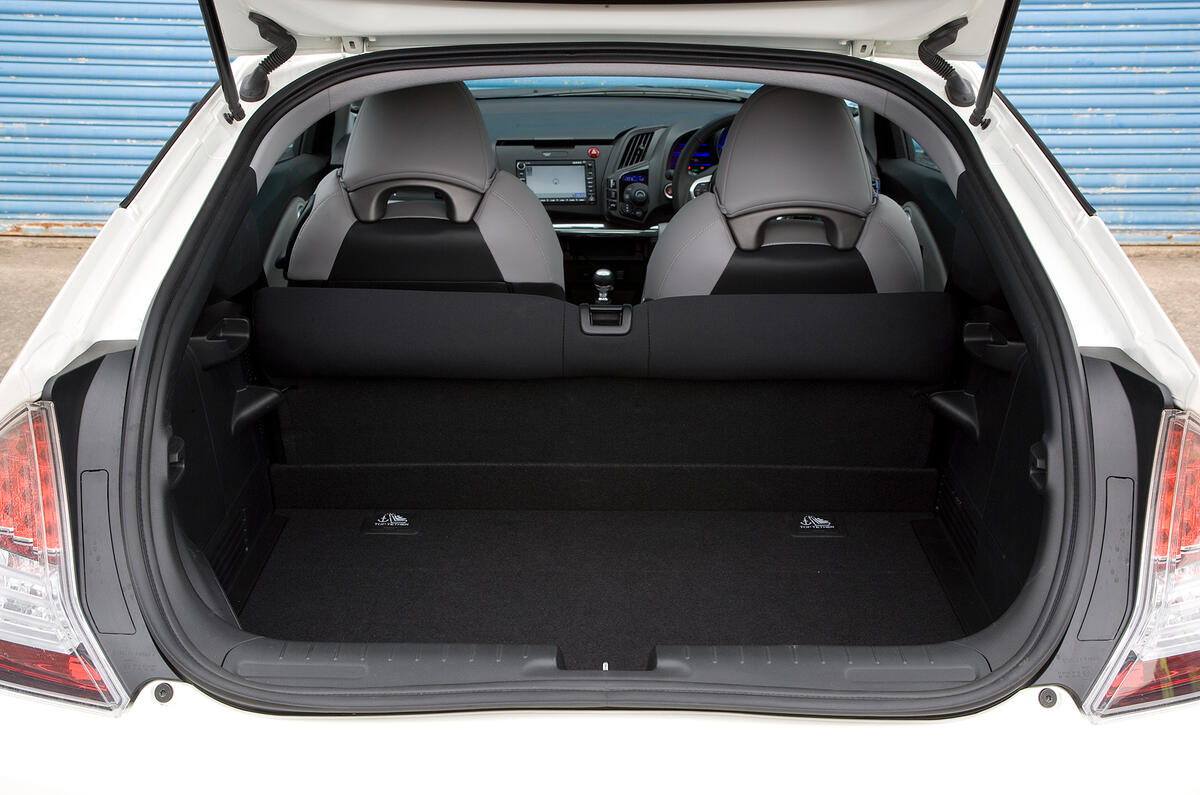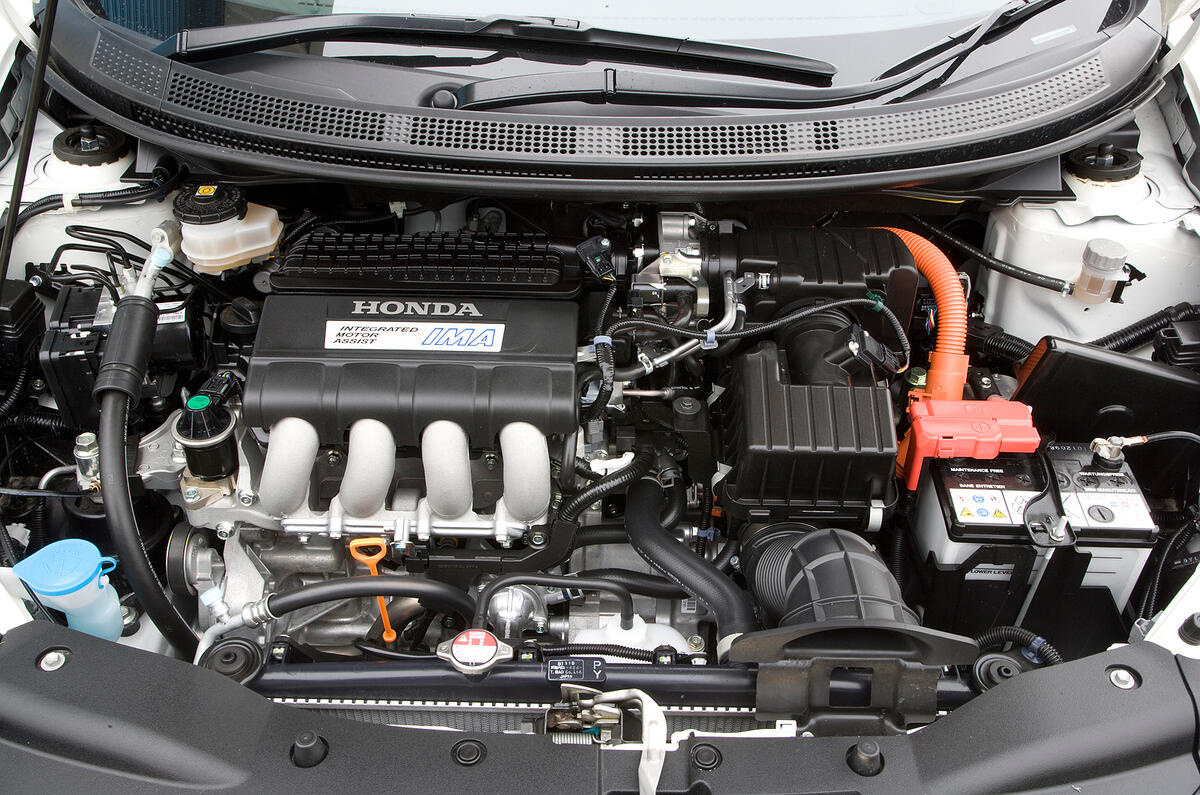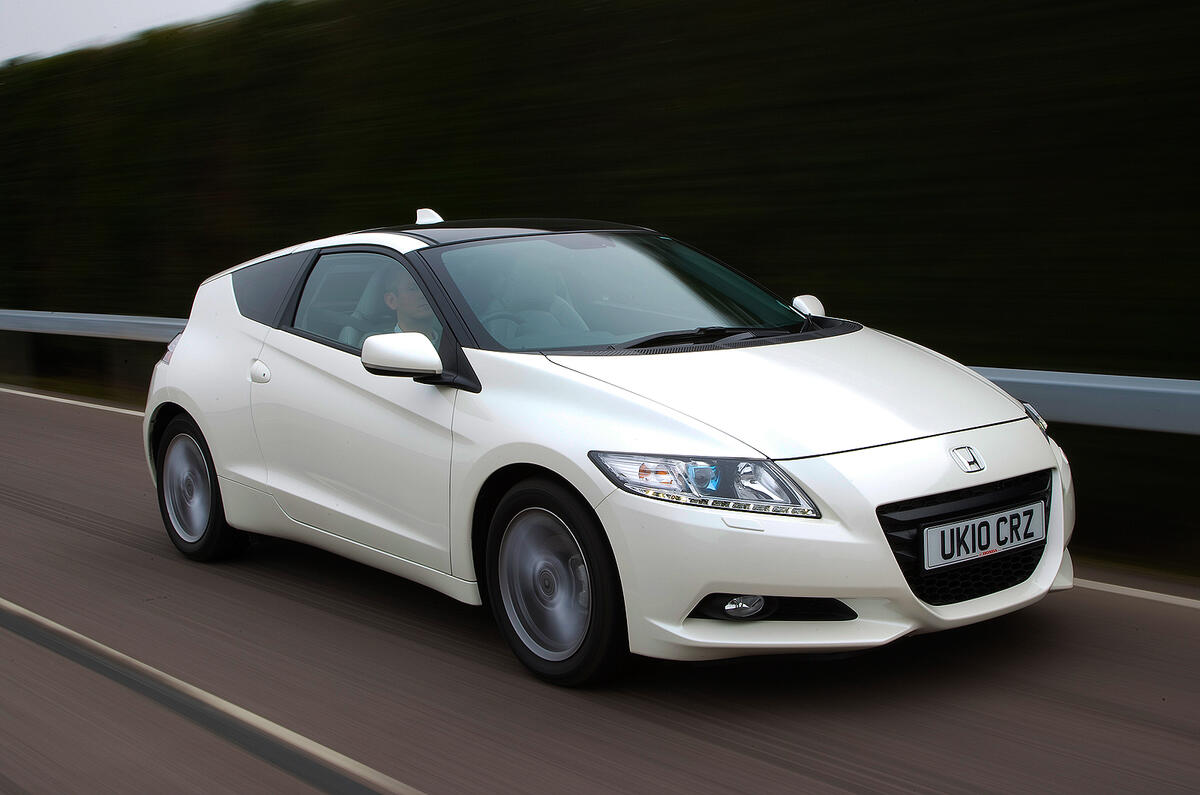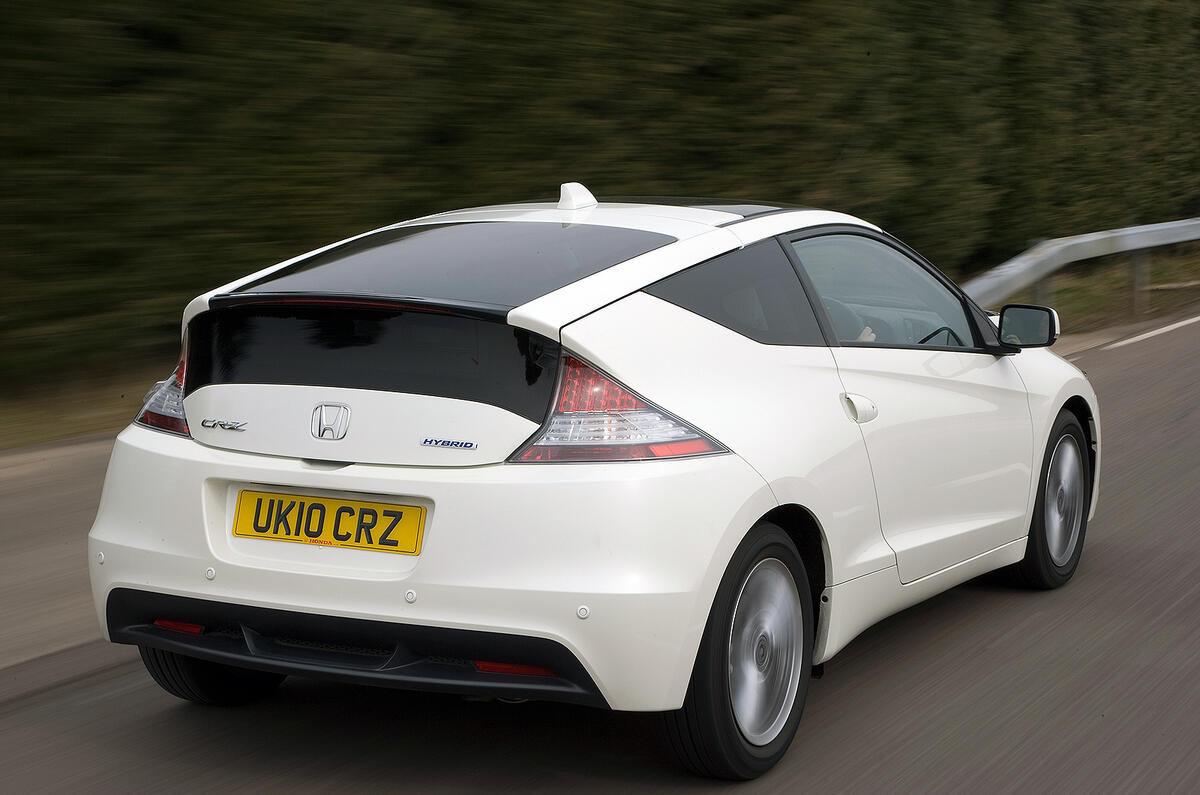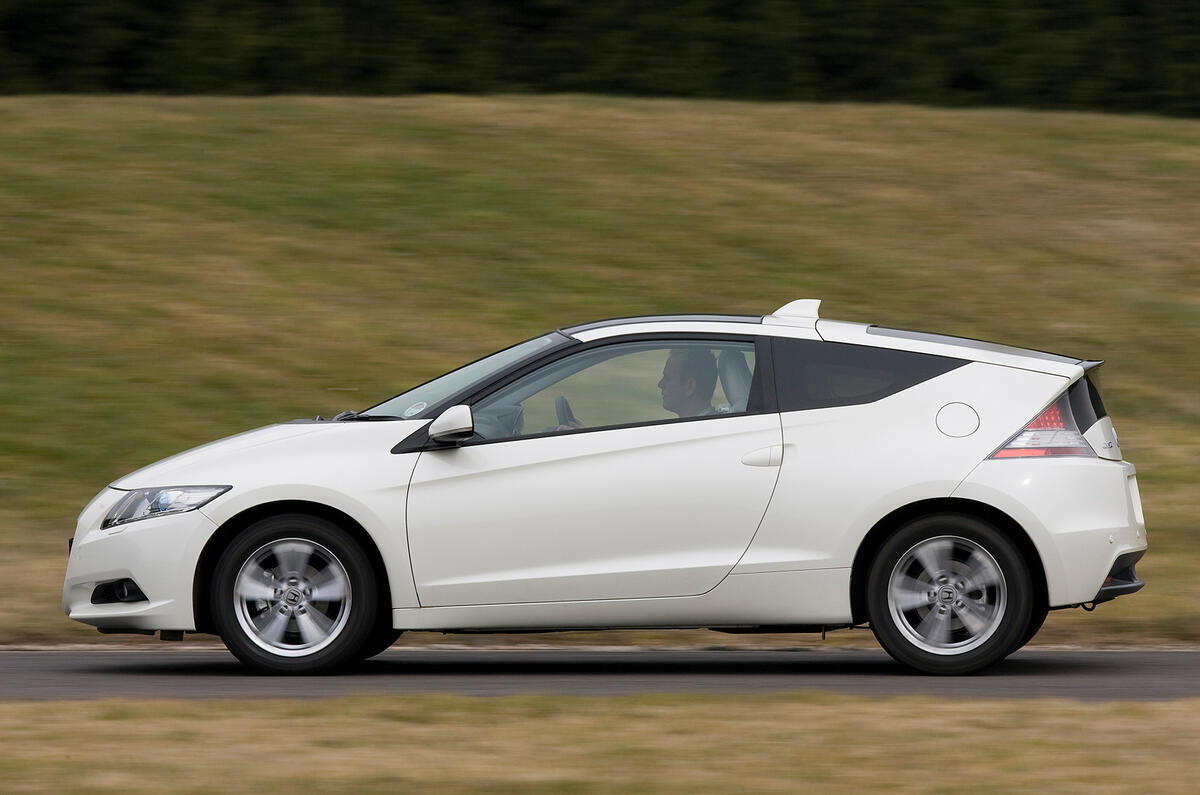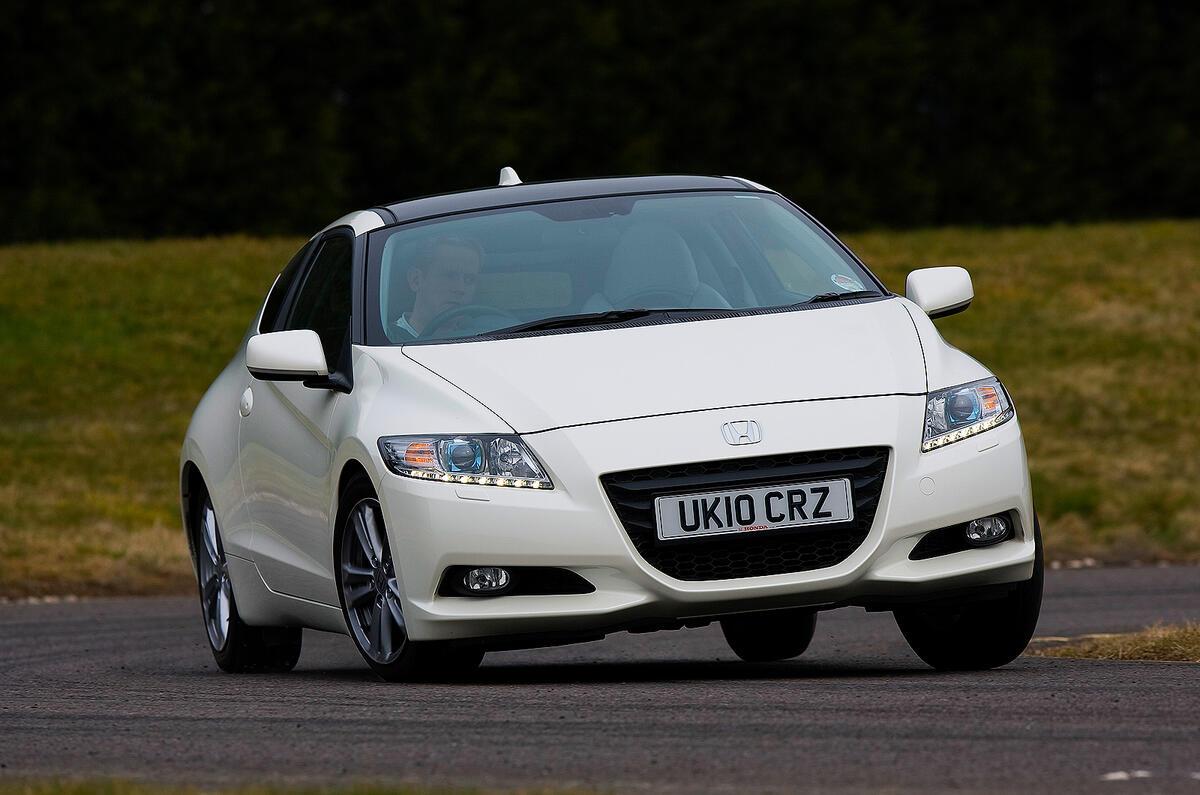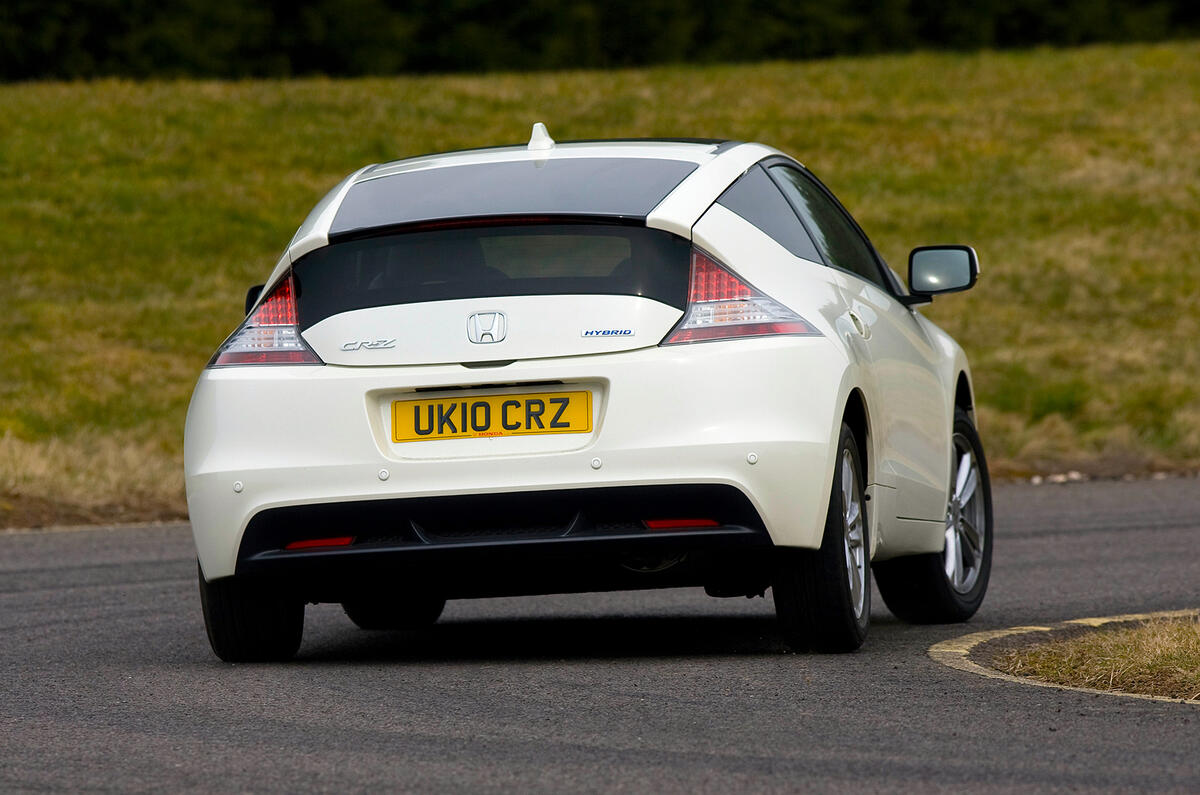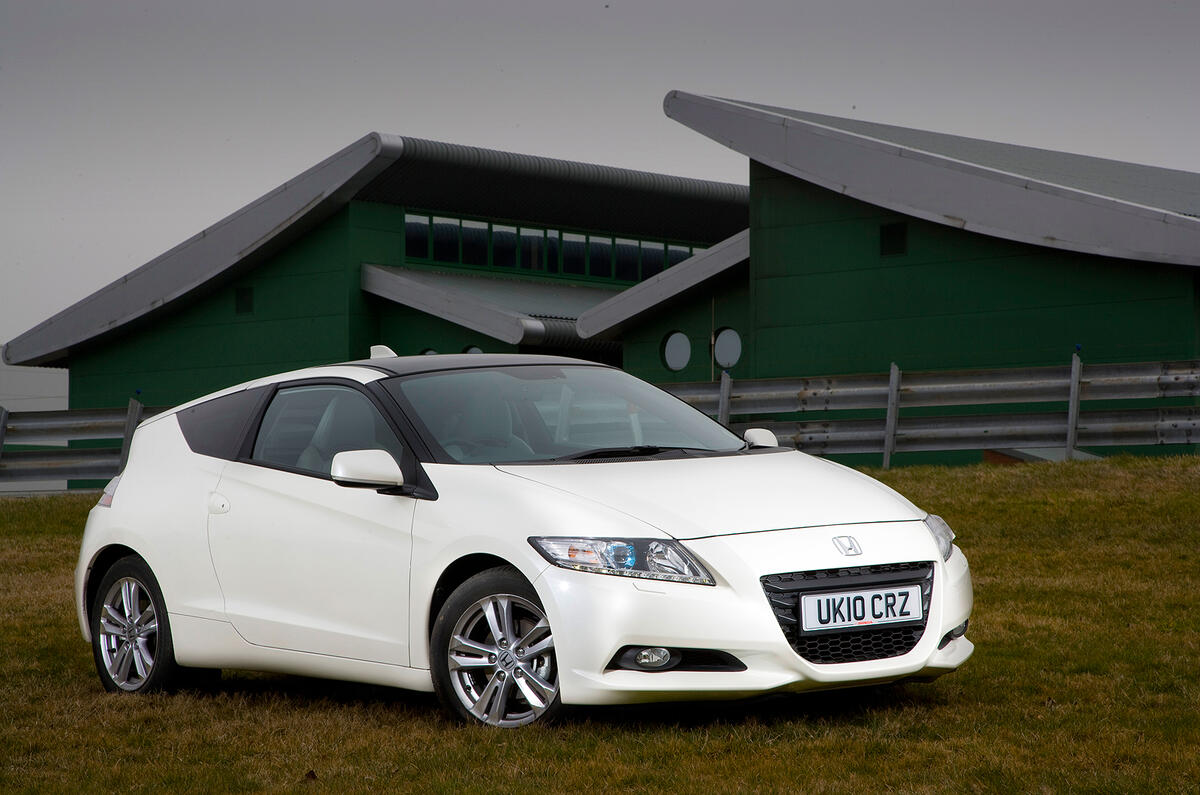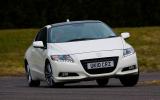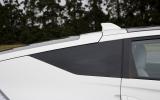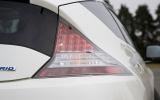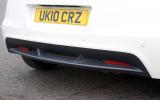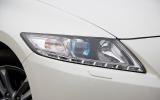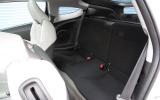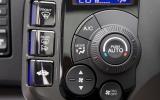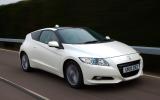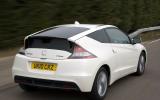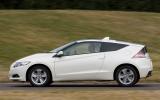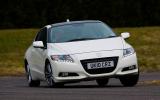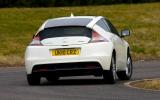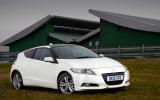Whatever Honda bigwigs say, it’s difficult to avoid concluding that the CR-Z is a blend of both the 1999 Honda Insight and the excellent first and second-edition Honda CR-Xs. However, hybrids aren’t usually cars to quicken the blood. They’re technically impressive and sometimes generate interesting levels of torque, but they’re usually as sporty as slippers with zips.
So this Honda CR-Z hybrid is something different as a compact, 2+2 coupé whose electric motor is as much about giving its 1.5-litre petrol engine boosts of torque as it is about saving fuel. Though the latter is, of course, a major mission of the CR-Z, whose 56.5mpg combined consumption and 117g/km of CO2 emissions make it one of the most economical compact coupés on sale – in theory, at least.
The CR-Z is part of Honda’s mission to make a massive step change in the number of hybrids it sells around the world, in company with the Civic Hybrid, the hybrid Jazz and the Insight (the latter pair share a platform with this coupé).
Platform sharing helps the CR-Z to keen pricing, whether you’re going for base S level, Sport, GT or GT Nav.
Question is, has Honda married driver appeal to the frugality and urge the CR-Z’s hybrid system should provide?



